I present the stars from four areas on different sides of the earth. Each photo is taken from Stellarium at the same time and date and each photo is taken from the perspective of viewing AWAY from the north pole, which is south.
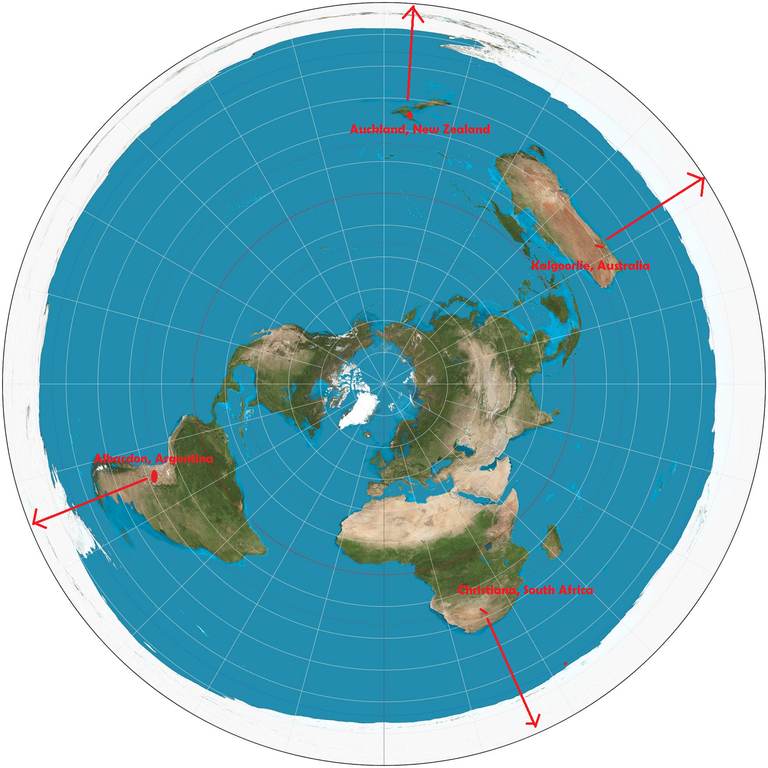
From Argentina
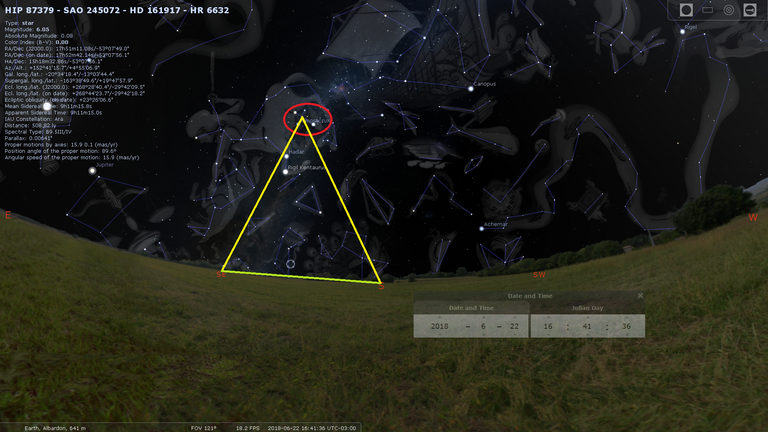
From Australia
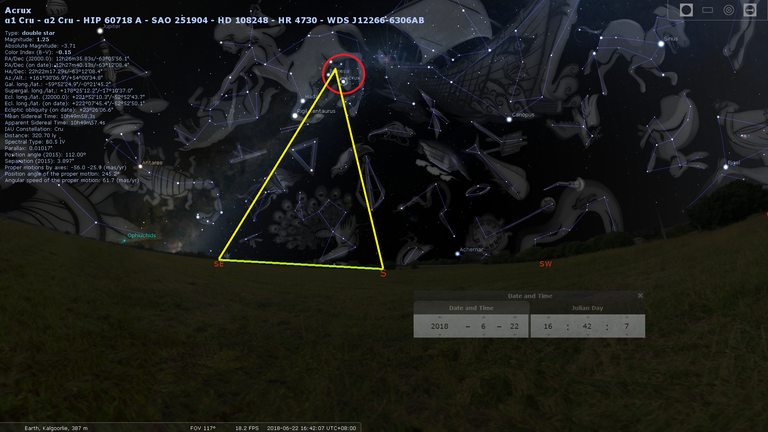
From New Zealand
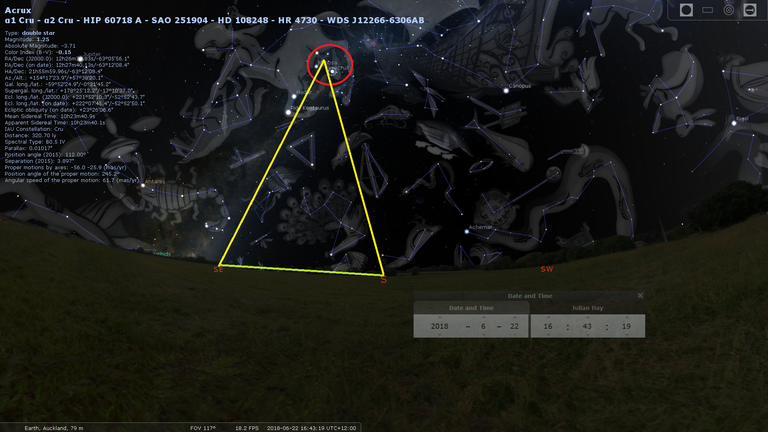
From South Africa the crux sits just below the horizon
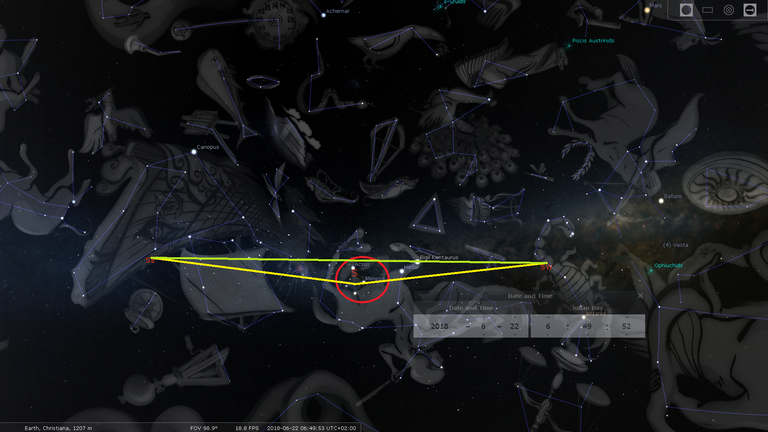
Conclusion:
Can anyone make sense of this on the flat earth map? With the visible rotation of the southern crux in clocklike motion, would it make perfect sense for the bottom half of a sphere to view these things? What needs to be confirmed now is an actual photo from viewers at these different locations at a specific time. Wherefore, we will not be relying on Stellarium to show us reality, and instead, we will be relying on witnesses.
I'm still in the belief that earth does not move. This question has been on my heart for a long time, however.
you're right, another reason the 'official' flat earth map does not workbut most fe'rs are still in denial over this, despite many of us pointing it out, preferring to call us shills, even though we also refute the ridiculous notion that earth is a rotating ball in a vast universe when it is clearly not.
where does that leave us? wouldn't it be nice if we got together and figured it out instead of behaving like idiot children with tourettes and severe emotional retardation?
I'm in the same boat. My dad has written multiple books on the FE and we sell gleason map posters and everything.. I just can't reconcile it as Truth. I understand people want to study it all and it is there prerogative. Still, much needs to be revealed.
why do you sell gleason maps if you know it's not anything like the true shape of the earth?
who's your dad, where can i get his books (if i haven't read them already..)?
have you come across 'free anergy' on youtube yet? he has excellent videos and a great theory of '4D' flat earth.
www.SacredWordPublishing.net
he is very convicted of it. i support every viewpoint as long as it defends the viewpoint of The Creator being our Saviour
is zen your dad?
i had a good chat with him about the circle/ square biblical earth last year, though he never put it on the radio for some reason.
Jesus is our saviour. God's begotten son.
peace.
It is likely on his youtube channel endeavor freedom. Shalom. May grace and peace be upon you always in The Messiah's Name amen.
There's something screwy about those Stellarium pics. They can't all be photos, because it's not possible for it to be night-time in all four locations simultaneously. In particular, the sun doesn't set on Argentina at four in the afternoon!
So I think some (or all) of them are just artist's impressions of where the stars would be if you could see them at that moment.
As for the displacement of the Southern Cross constellation, what the map at the top of this post doesn't illustrate very well is the latitudes of the four locations, relative to each other.
Christiana (South Africa) is 27.88 degrees south of the equator.
San Juan (Albardon, Argentina) is 31.25 degrees south of the equator.
Kalgoorlie (Australia) is 35.74 degrees south of the equator.
Auckland (New Zealand) is 36.84 degrees south of the equator.
So Australia and New Zealand are the most southern locations, and fairly close to each other, and that's why the Southern Cross is in roughly the same position when viewed from either location.
The next "most southern" location is San Juan, Argentina, which is five degrees further back toward the equator. That's why the Southern Cross is clearly lower in the sky when viewed from that city (in fact, the horizon is effectively higher, relative to the constellation).
And finally, Christiana (South Africa) is the most northerly (closest to the equator) of the four locations, and so the constellation is blocked by the horizon.
The difference between the degrees of latitude for each city sounds tiny, but each degree of latitude works out as 111km on the Earth's surface, so Christiana is 994.56km "higher" (further northward) than Auckland.
That doesn't sound like enough to make a significant difference, but it's nearly 1,000km, and the entire distance from the North Pole to the South Pole is only 12,000km. I.e., it's about eight percent of the maximum possible distance.
(I had no idea this reply would end up being so lengthy when I started typing it, so apologies for that.)
The locations are taken from the southern hemispheres. Their exact degree below the equator is irrelevant because the point is not where at in the sky the constellations rest relevant to each other; the point is that you can see the same constellations at all. I would love for you to check out the accuracy of the program on your own computer. My cpu was acting funny as I was looking at the pictures. It took a long time to finally get them right, but I'm certain they are accurate and represent the skies from the different locations at the same julian date and roughly the exact same zulu time, give or take a couple minutes.
Well, as the examples you gave show, if you're in Christiana (South Africa) you can't see the Southern Cross at the same moment that someone in Auckland (New Zealand) can see it. So each city's exact degree of latitude below the equator clearly is relevant!
I get the feeling we're at cross-purposes here, so will drop the subject and wish you well with your inquiries.
I will use a different constellation to make the original point. Look at the lyre on the butt of the centaur. it is visible from each direction. If people hold hands in a circle and all face away from each other, they shouldn't see the same thing.